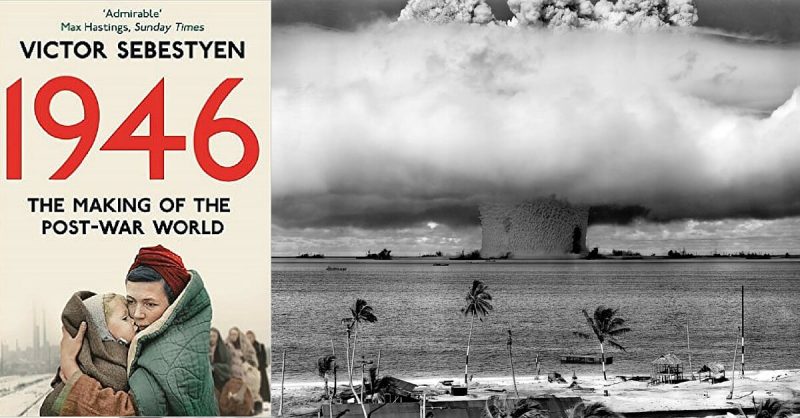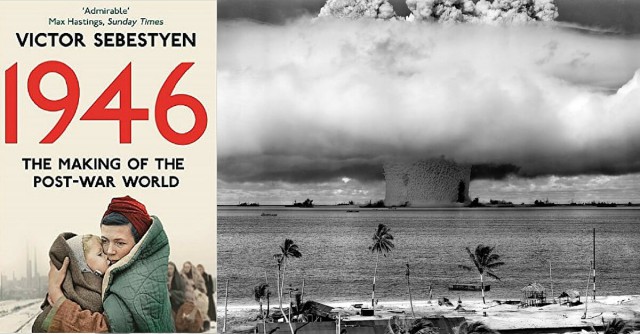At the end of World War Two life was depressing for the millions of war-torn people left to survive across Europe and the Pacific. There was famine, disease and civil unrest, while cities and countries lay in ruins. Not only that, but thousands of refugees were on the move but not knowing where to go.
By 1946, the UK was left without any money, Germany’s water was polluted from the remains of the dead littering its waterways, and Japan had lost its overseas trade, which was 80% of its economy. The Marshall Plan was put in place so that the United States could help European companies begin to get back to trading operations again. However, there was little optimism after the devastation of war.
It was a coup backed by the Soviets in Iran that alerted the Allies to the intentions of the Soviet Union in a post-world war world. Domestically, Stalin was pressuring his people to align to the Communist regime and any dissension was punished, with thousands being sent to the Gulags.
Communism pits itself against the old world order in other areas of the world such as in Greece and China. It was in the same year that Winston Churchill coined the phrase the ‘Iron Curtain’ to denote the rift that he believed was descending across the world.
In this new book by Victor Sebestyen called 1946 has chronicled and described the events that took place in the year after World War Two ended and how the events of that year helped to shape the world that we now know.
In Japan, Emperor Hirohito was forced by the Allies to renounce his claim to divinity. Meanwhile in India, riots were afoot against the British authorities, with around 6000 locals dying and 15,000 being injured in Calcutta alone. Across the border in China civil war was rife.
This powerful and revelatory book about the year that would signal the beginning of the Cold War, the end of the British Empire, and the beginning of the rivalry between the United States and the USSR. Victor Sebestyen reveals the events of 1946 by chronologically framing what was taking place in Europe, the Middle East, and Asia, with seminal decisions made by heads of state that would profoundly change the old order forever.
Sebestyen begins with the Moscow Foreign Ministers’ Conference the week before Christmas 1945, when Stalin announced that the USSR would not withdraw its troops from Iran by March 1946, and ends with the morning of November 3, 1946, when Emperor Hirohito officially unveiled Japan’s new constitution before the National Diet. The year 1946 would see the map of Eastern Europe redrawn, Chinese communists gaining decisive victories in their fight for power, and the birth of Israel.

